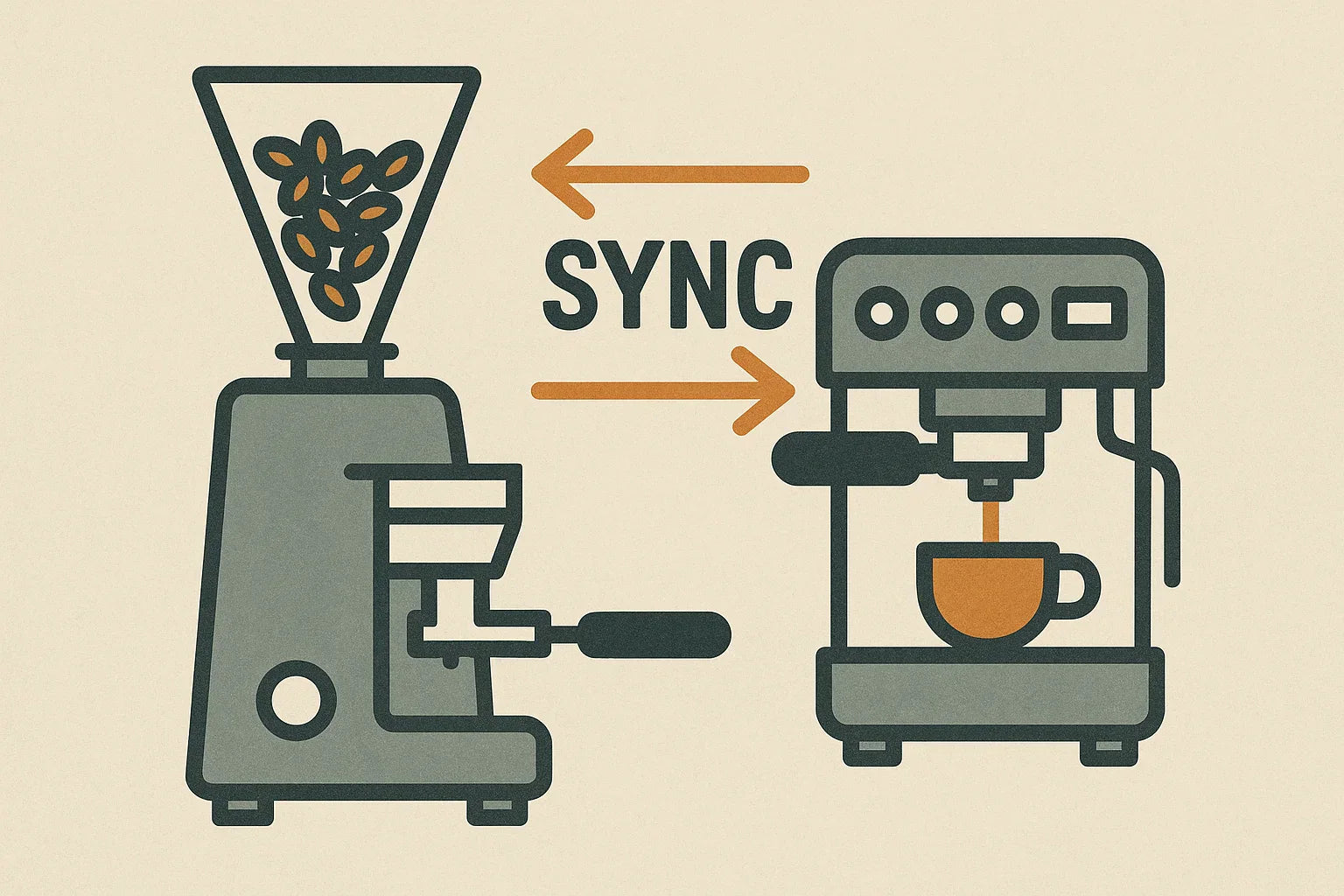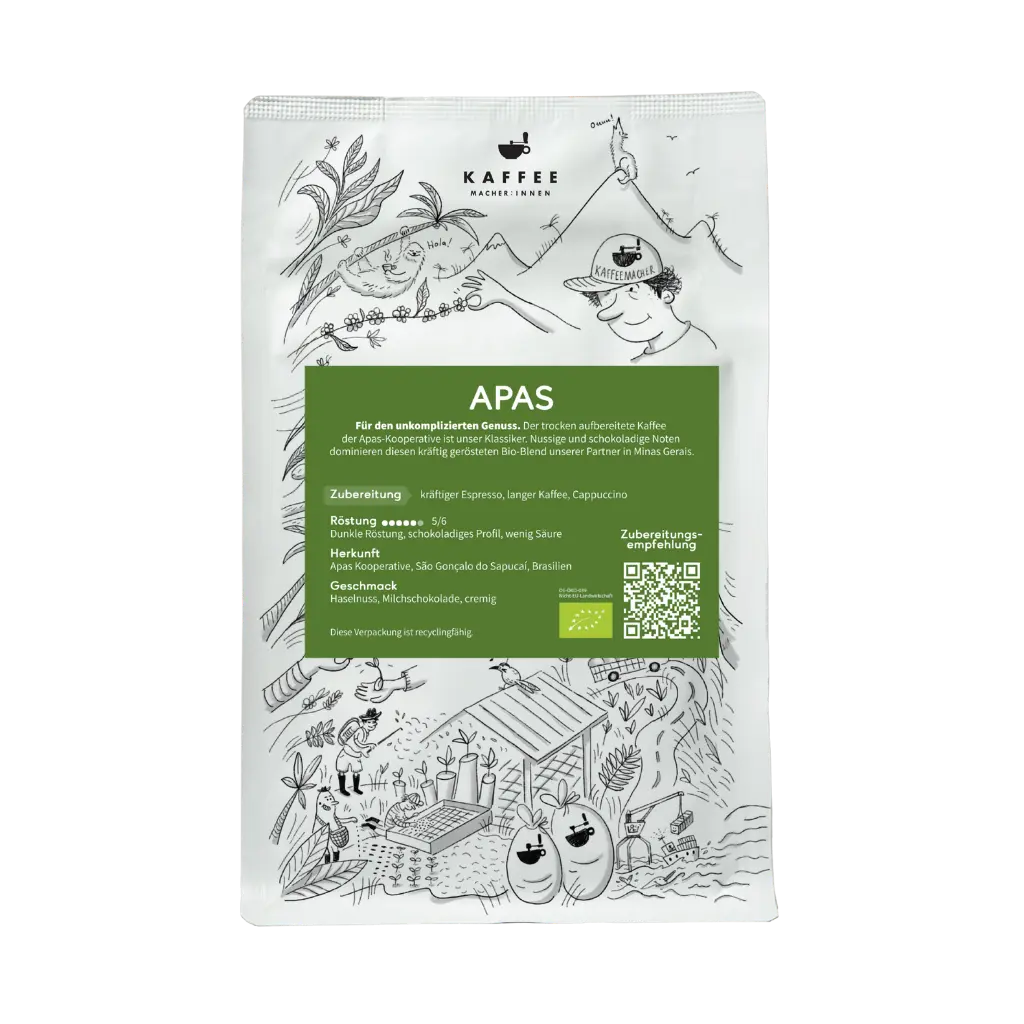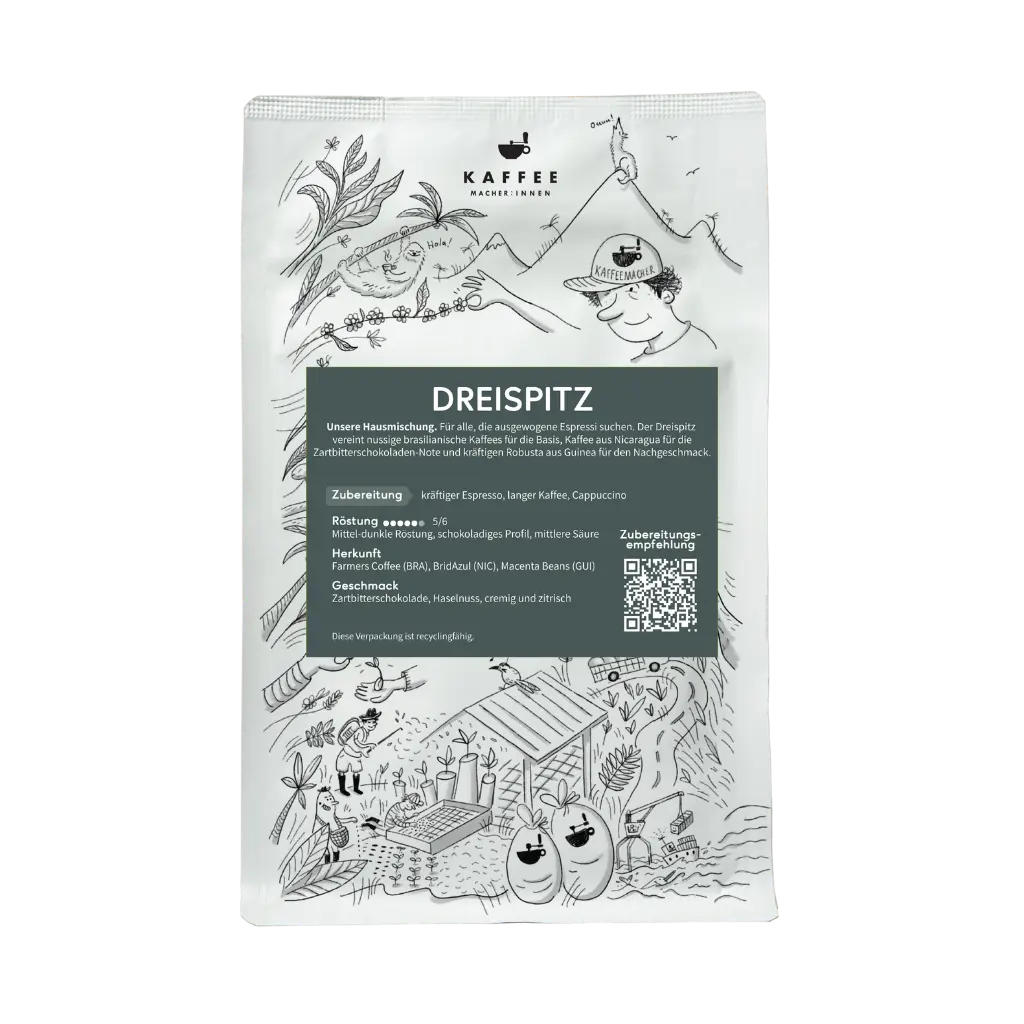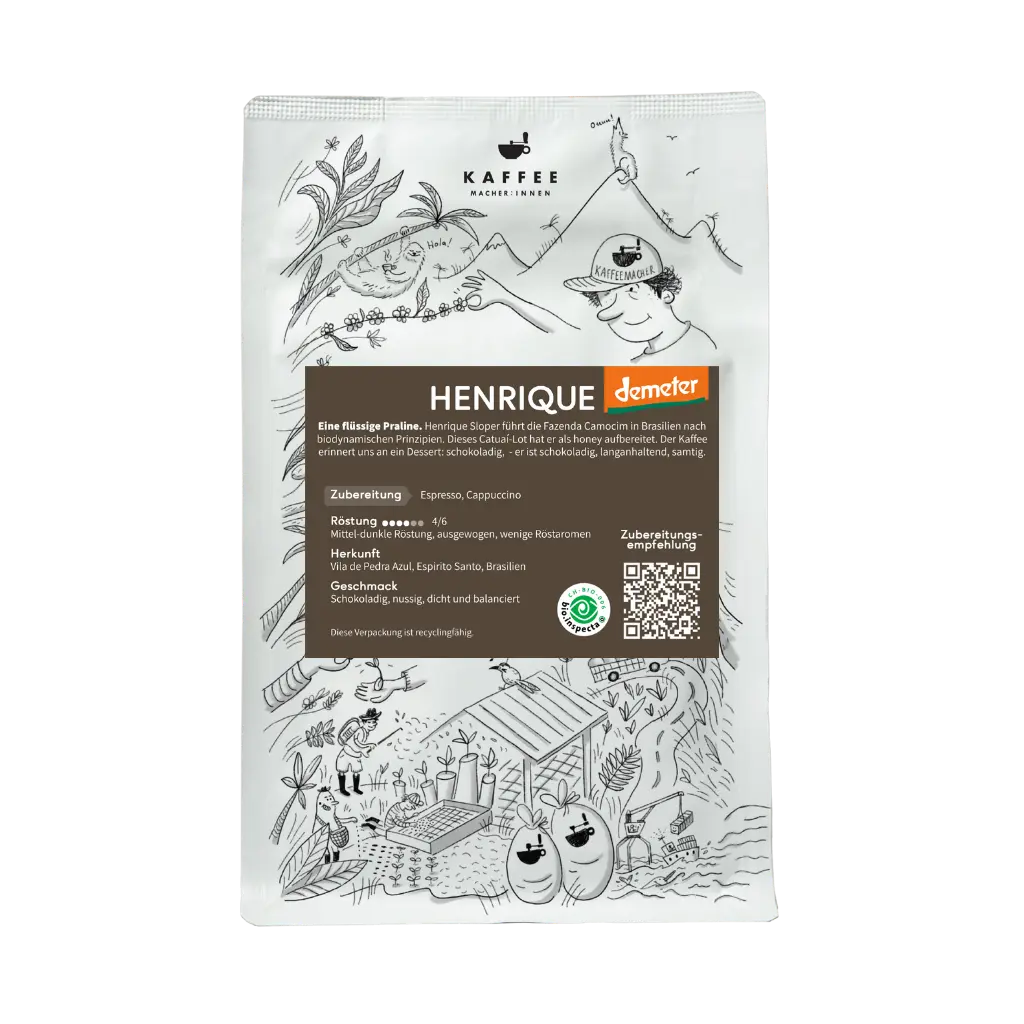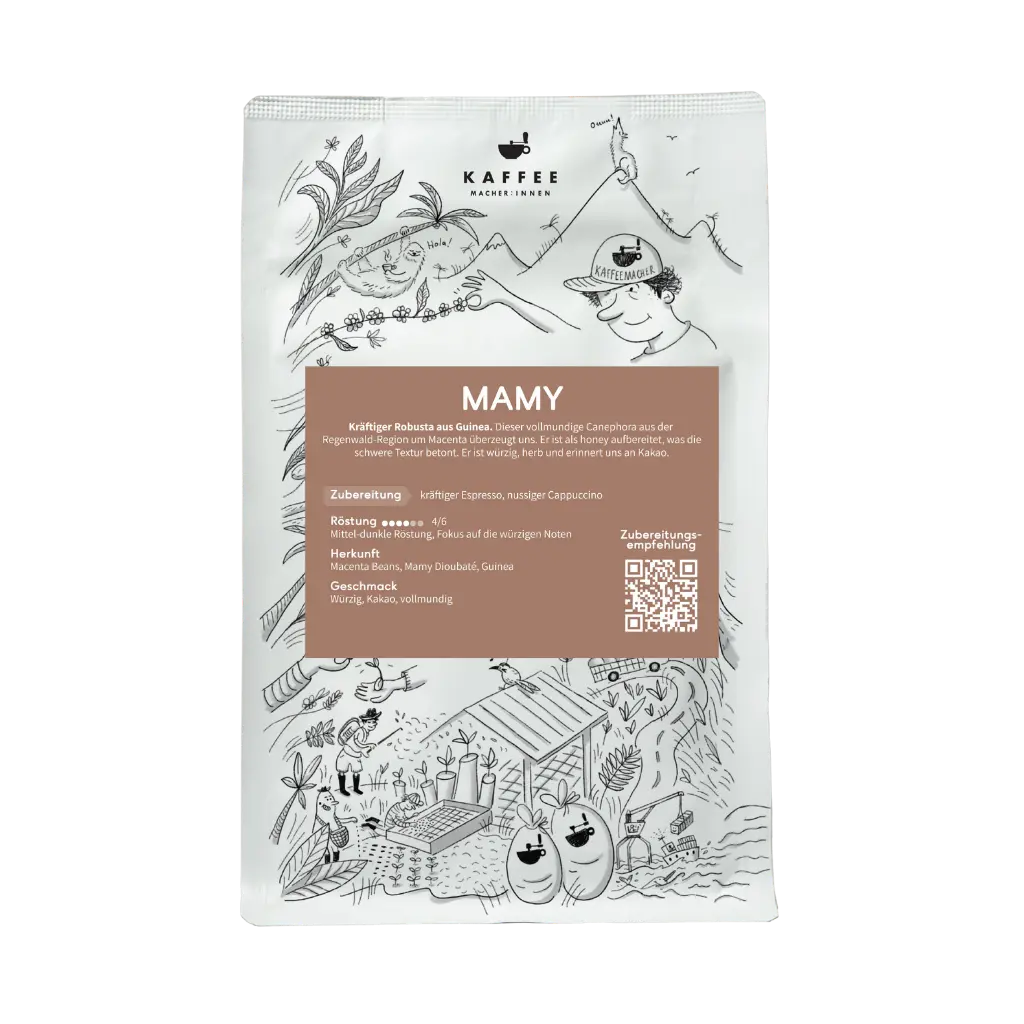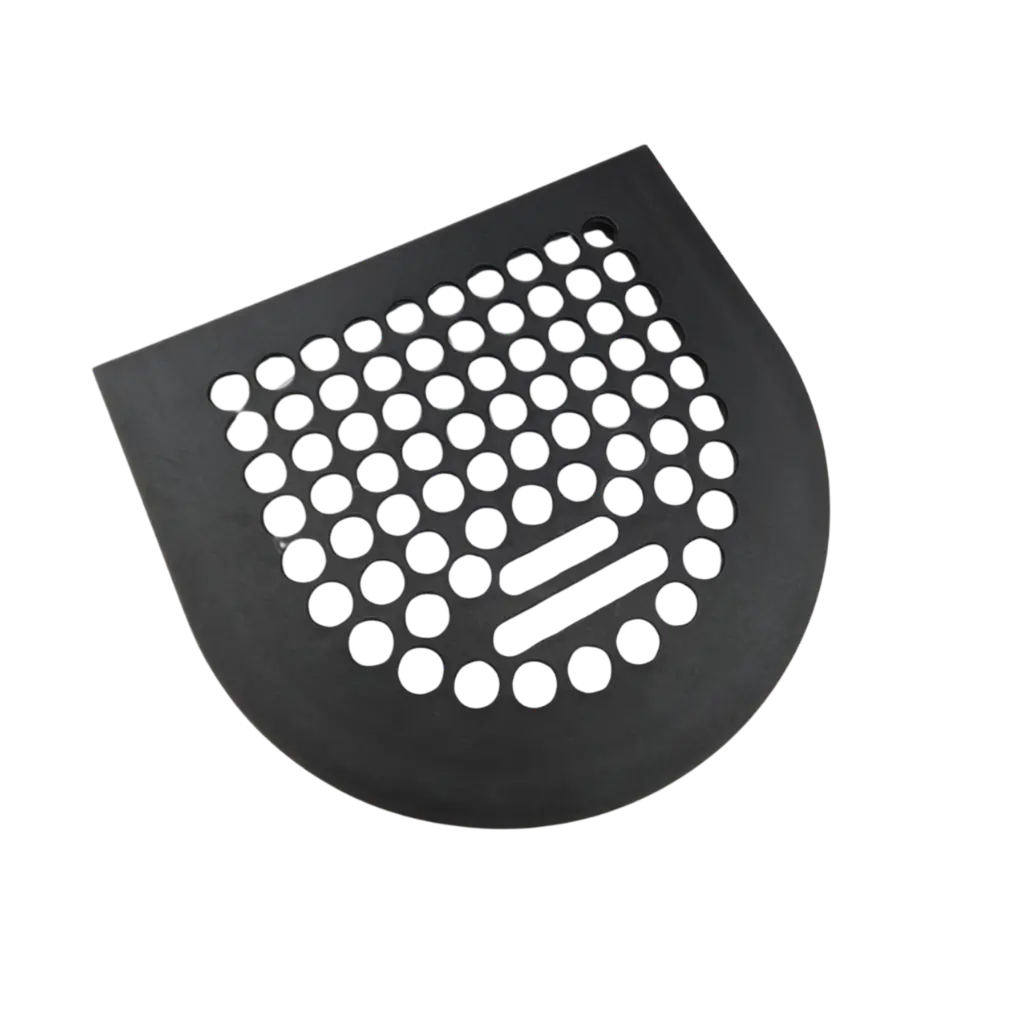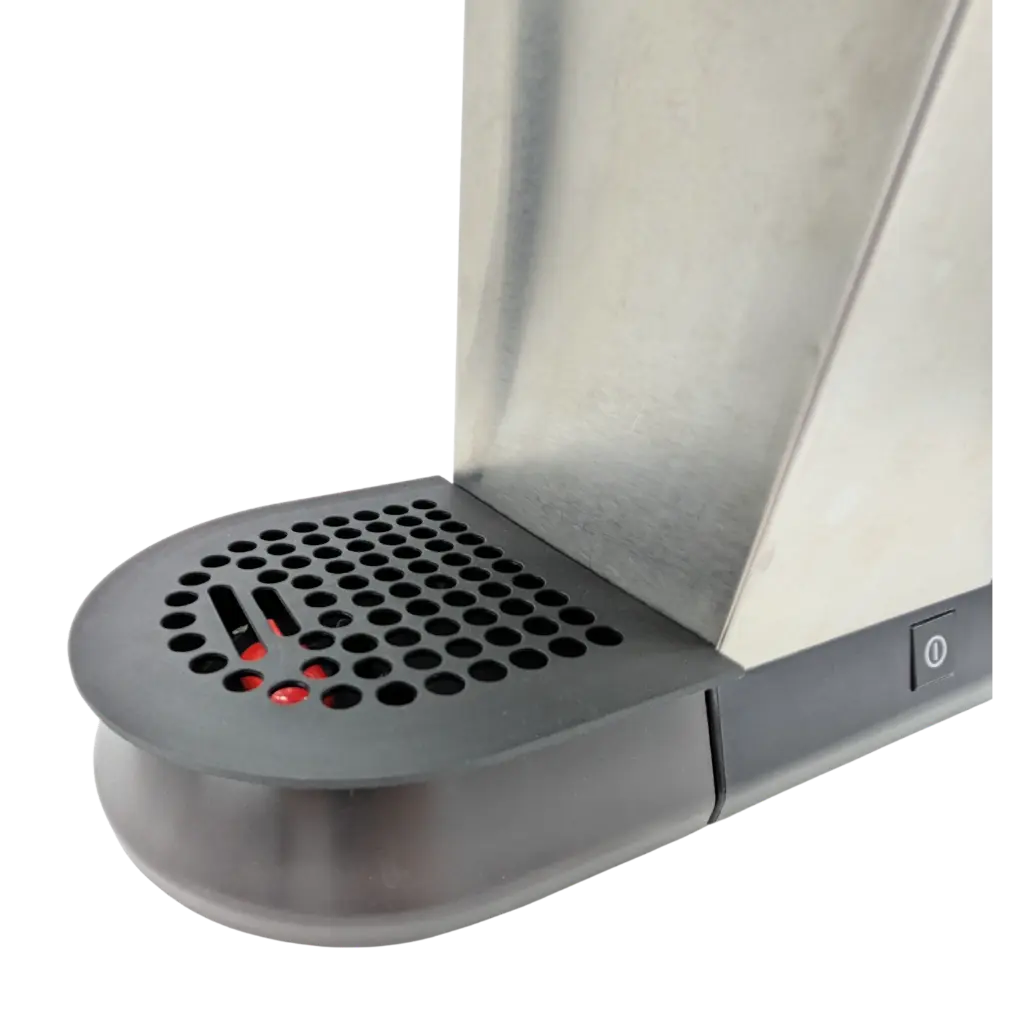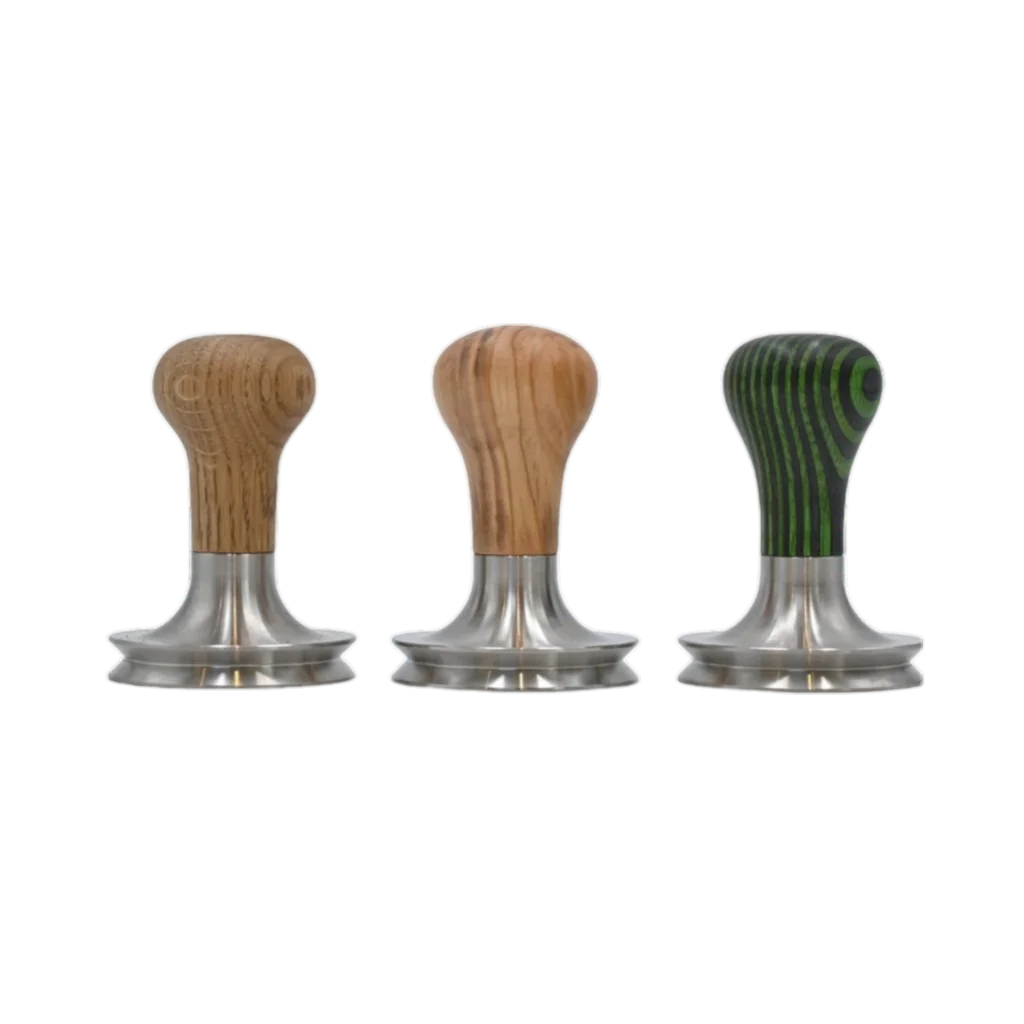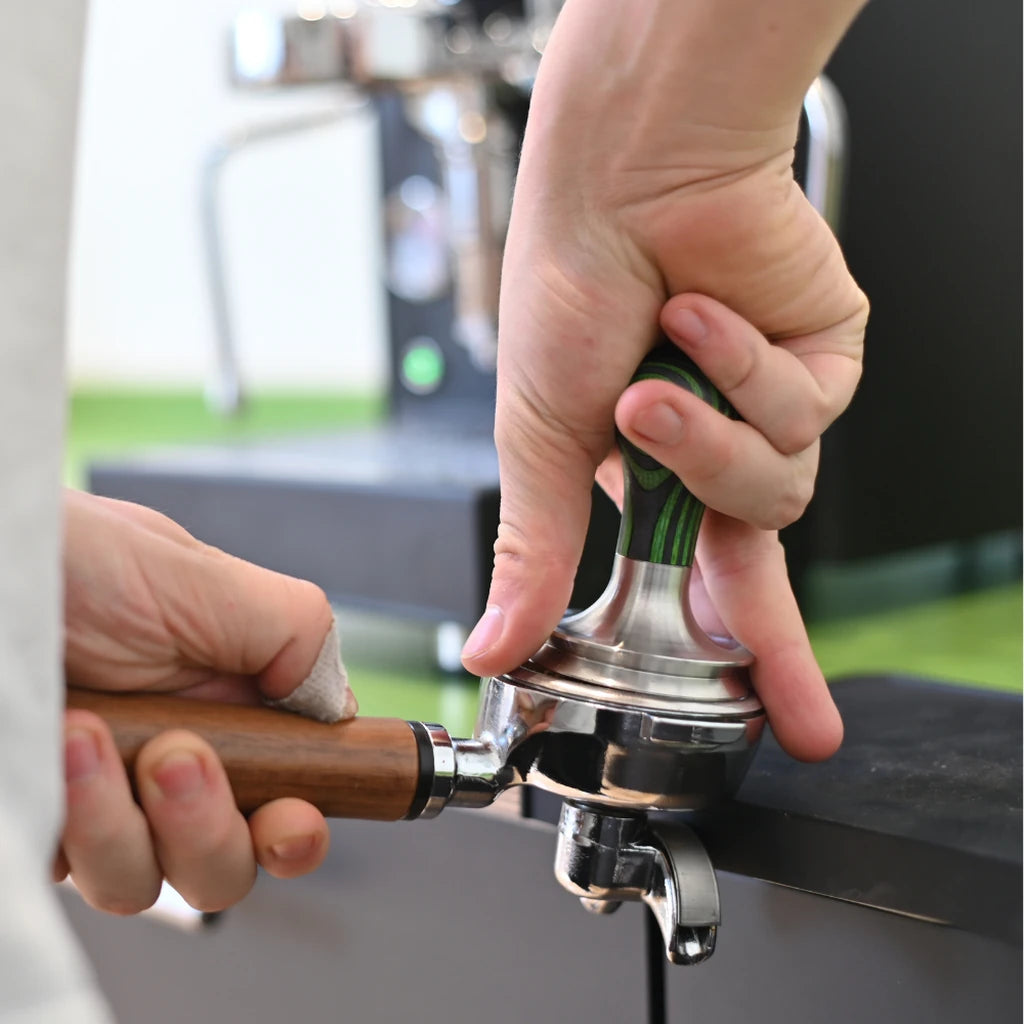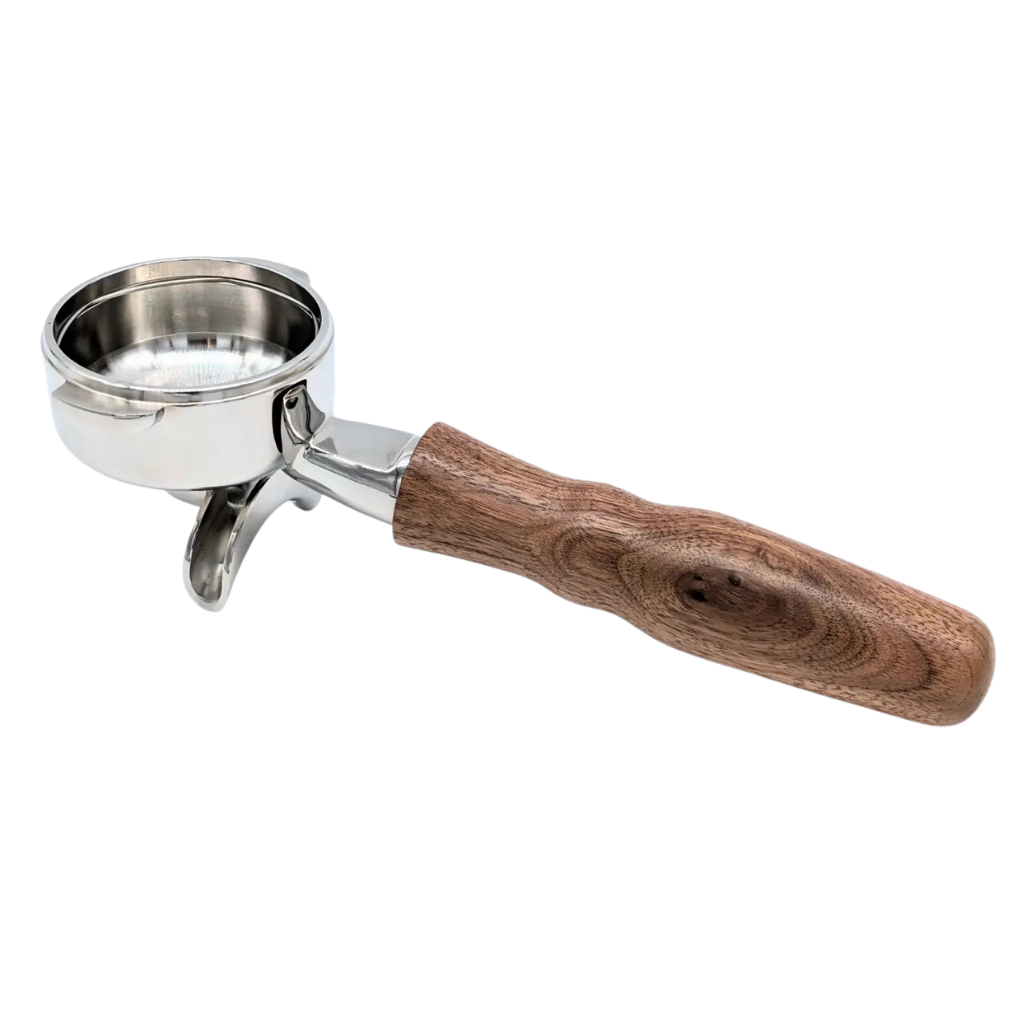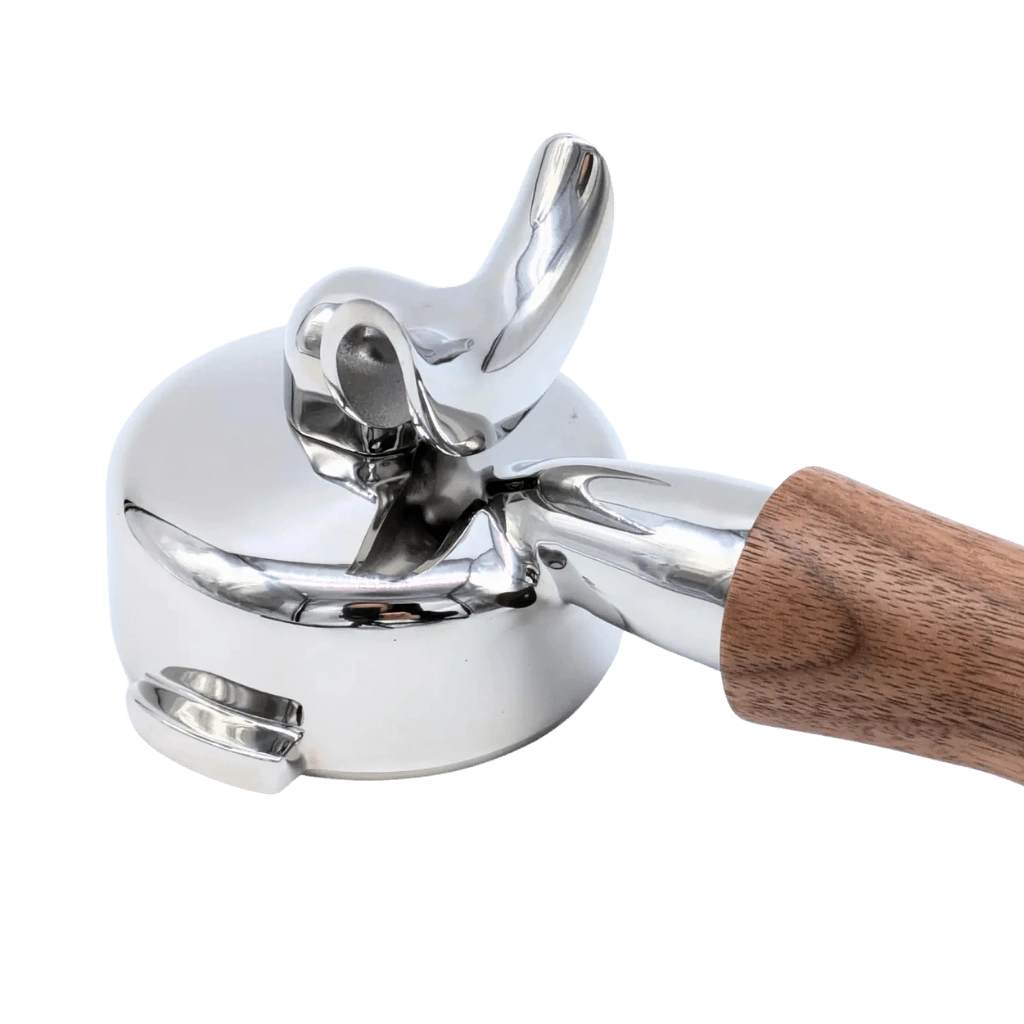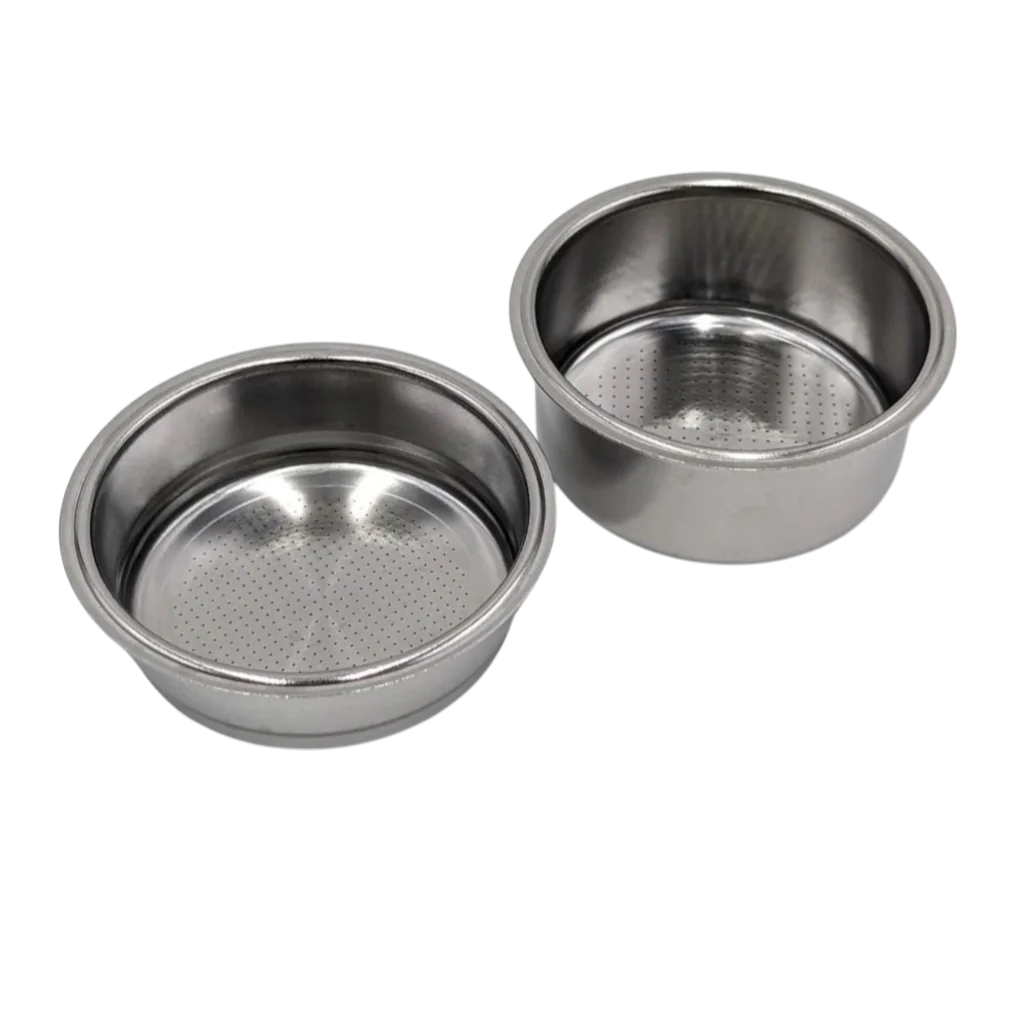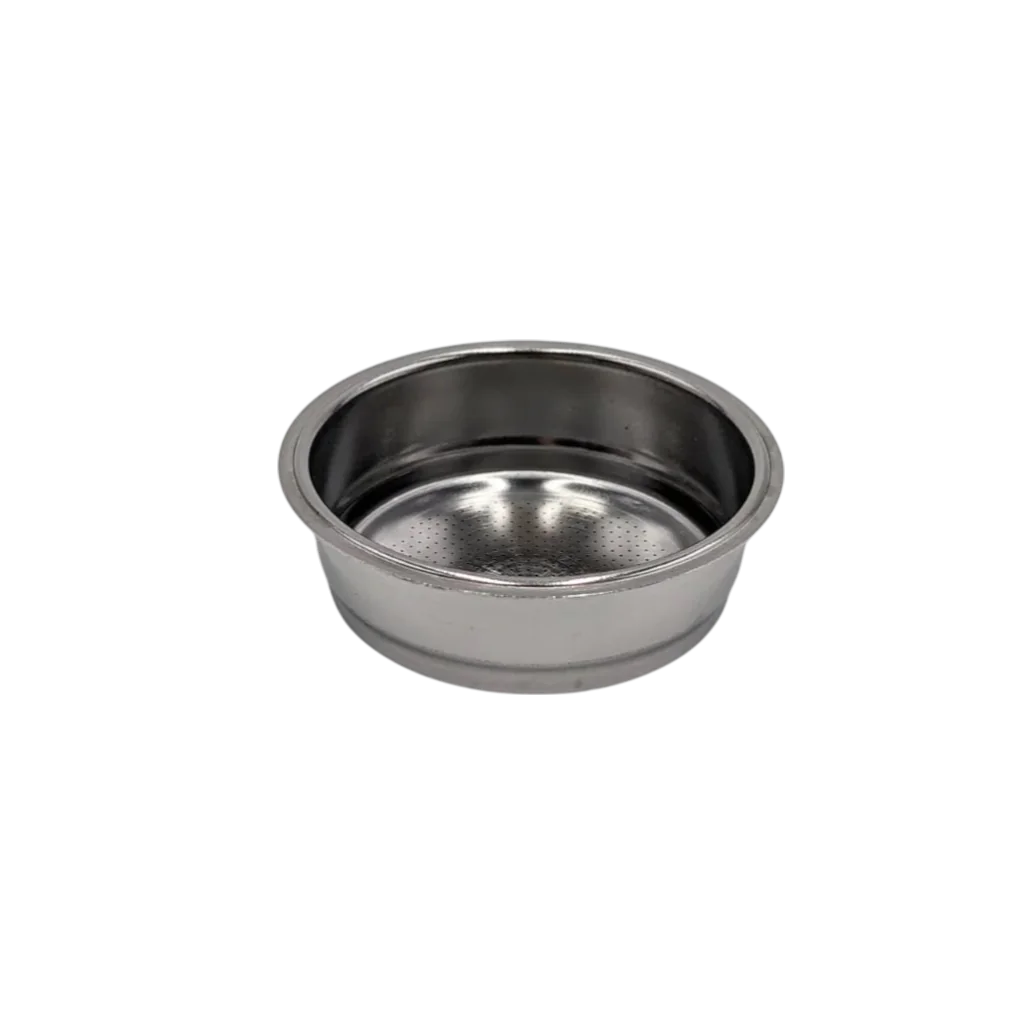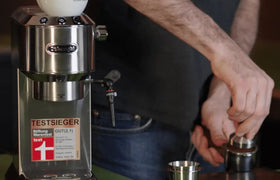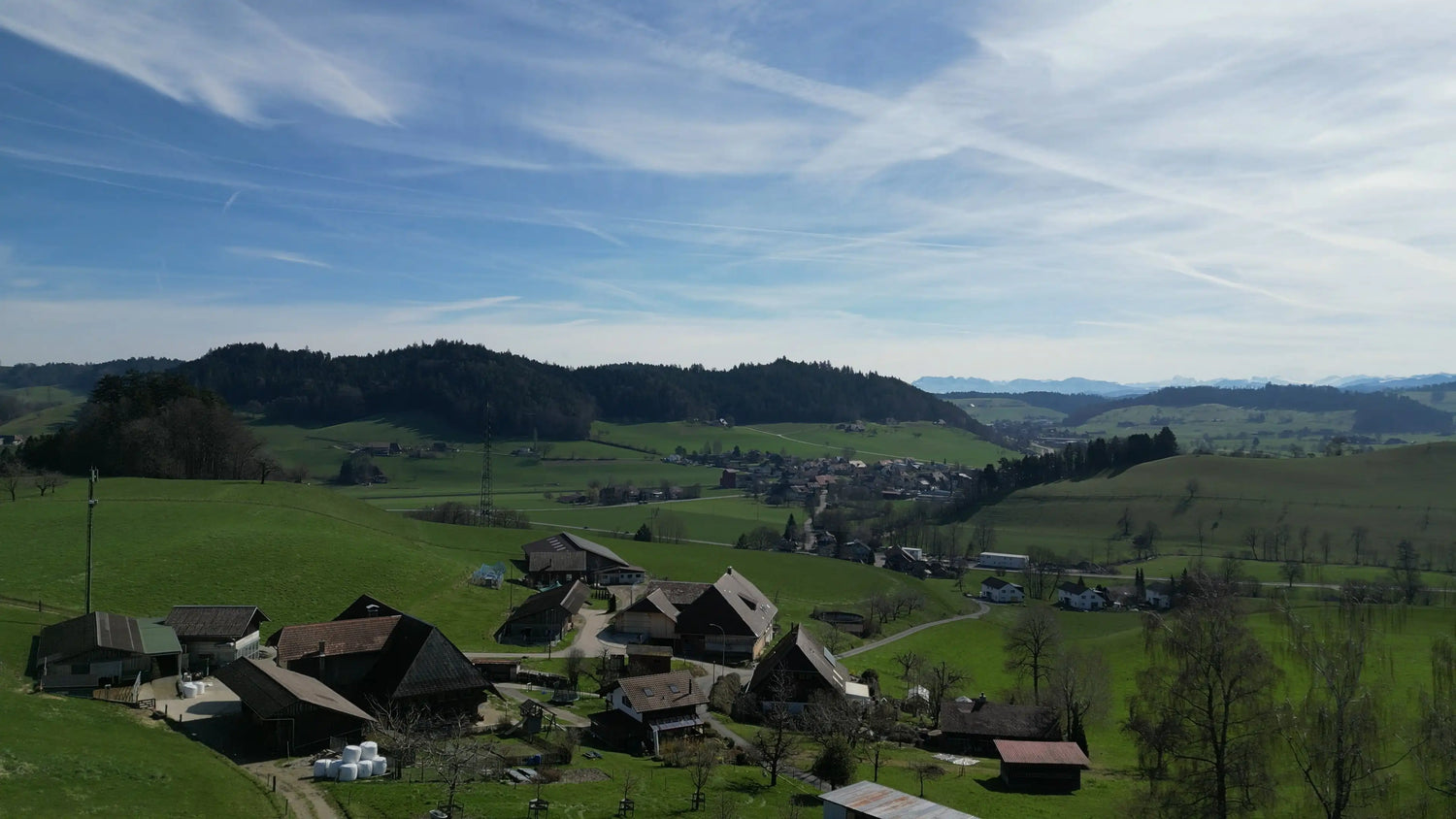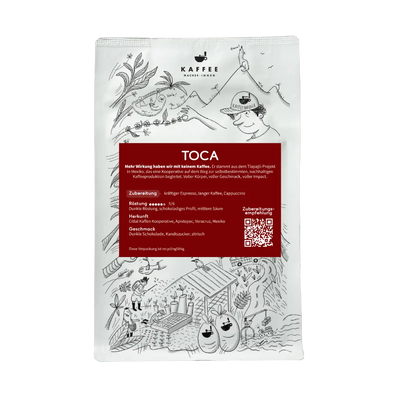Coffee alternatives have existed for centuries. Today, lupin coffee, in particular, is becoming increasingly common. Anyone looking for a caffeine-free, coffee-like beverage should find what they're looking for in lupins. Coffee alternatives will become increasingly important in the future, as coffee is threatened by climate change. We visited the farm of sweet lupin producer Helen Wegmüller and launched our own lupin coffee with her.
Lupin coffee is a brewed beverage made from roasted, ground lupins, then infused with hot water. In addition to the now widely available lupin coffee, there are other coffee substitutes made from chicory, grains, and acorns .
But isn't the term "coffee" misleading? And does it perhaps create expectations that the beverage can't fulfill? At the very least, lupin coffee won't achieve 80 points on a scoresheet . But perhaps it doesn't need to: perhaps simply being a caffeine-free alternative is enough.
Helen - our lupin coffee

Wenamed our interpretation of lupin coffee after the producer, Helen . We roast the coffee in a Rational commercial oven for six minutes at an air temperature of 250°C.
Helen's Jowisz lupins, roasted lightly and quickly, produce a very sweet drink. We taste notes of licorice and fresh, dark bread. We produce the lupin coffee in small batches in our kitchen and grind it using a mill designed exclusively for lupins.

A brief history of coffee-like beverages
Whenever something was difficult or expensive to obtain, people sought alternatives. First during the Napoleonic Continental Blockade between 1806 and 1812, but also in the postwar period, real coffee was in short supply.
A pound of coffee cost as much as 50kg of potatoes.
But the desire for a coffee-like taste did not diminish: alternatives were sought and various substitutes made from grains and roots were roasted and ground to produce a coffee-like beverage that could be brewed and drunk like coffee.
It's unclear when coffee has been made from sweet lupins. The first mention dates back to 1897, when a lupin beverage was named "Altreier Kaffee" after the town in Tyrol. Today, lupin coffee is increasingly common, as are other lupin products such as lupin flour or pasta.
It's clear that climate change will have an impact on coffee. The exact local impacts are unpredictable, but weather patterns will shift and predictability will decrease. Not only the coffee plant itself is vulnerable, but also the complex value chain behind it.
Helen Wegmüller explains why she plants lupins and how it works.
Coffee typically passes through many hands and travels thousands of kilometers before it can be roasted here. Coffee alternatives score points here with their robustness and simpler, significantly shortened value chain.
A brief history of lupins
Lupins are classified as allergens and must be declared on menus. Nevertheless, lupins are increasingly found on menus and in the product ranges of roasters.

But what are lupins?
Lupine is a legume, like soybeans, chickpeas, beans, and peas . It therefore serves as a source of plant-based protein and is versatile. The product list ranges from lupine flour to hummus, from lupine sausage to seasoning sauce to yogurt.
The sweet lupin is not only culinary versatile, it is also good for soil health:
It can fix up to 100kg of nitrogen, making it an ideal plant for a crop rotation with cereals and maize.
Despite all the benefits, there is a risk. Lupins produce increased amounts of alkaloids when stressed by drought, heat, humidity, or pests. These increase bitterness and can be harmful to humans in excessive concentrations. Therefore, limits must be kept below these levels in Germany (not yet in Switzerland).
This risk is problematic for farmers; the market price for food is much higher than for animal feed (for which lupins are also suitable). However, if the limits are not met, farmers may be left with their product. This has led to a decline in the market (Luve, a well-known brand, is insolvent), and many farmers are looking for alternatives.
Like coffee, there are different varieties of lupins. Some have higher yields, others have less bitterness. The white lupin variety "Frieda" in particular has been heavily promoted by the German Seed Association (DSV), lupin pioneer Linda from Biolandhof Kelly told us in an interview .
Is lupin coffee a sustainable option as a coffee substitute?
Although we don't yet have precise data for Helen's cultivation, we can make an initial estimate of emissions based on a dataset from Carbon Cloud. There, Swiss lupins are listed with a CO₂ footprint of 0.79 kg CO2e per kg of lupin. We add roasting losses, which amount to approximately 15%, and the emissions generated by our roasting process and transport.

The lupins that Helen provided us with were delivered to us while she was running errands. The distance from the farm to the roastery is 73 km, and we allocate 50% of the resulting emissions to the lupins.
According to this simplified calculation, the emissions are 1.46 kg CO2e/kg for lupin coffee. This is significantly lower than those of our Santa Rita coffees, which emit 2.96 kg CO2e/kg. This becomes even clearer when we include the average value of a conventionally roasted coffee from Brazil .

Preparation of lupin coffee
As we approached the creation of the recipes, we first had to unlearn everything we'd learned about coffee. Tamping, for example, the compacting of the coffee grounds in the portafilter, became unnecessary. We noticed in various extractions that tamping had, if any, only a marginal impact on the throughput times.
The reason is that lupin coffee swells and expands considerably in the portafilter. This "lupin cake" creates a high resistance through which the water now forces its way.
This leads us to extraction times that are beyond the norm for a classic espresso extraction. However, the first 60-second extractions were not only drinkable, but also very balanced. We noticed that the longer the brewing time, the sweeter the drink. We would have expected it to become increasingly bitter, but that's just coffee-related thinking.
In lupin coffee thinking, we see that longer extractions can emphasize the sweetness of lighter roasted sweet lupins.
We've tried a variety of recipes. Here are our three favorites:
Filter coffee with lupins / French press
- We recommend the French Press or the French press
- we recommend 10g sweet lupin coffee to 100ml water
- the water should be used shortly after the boiling point so that we achieve a high extraction
- We pour about 50ml of water onto the lupins, stir so that the entire coffee is well wetted and fill to the desired amount of water
- After three minutes we stir again vigorously and press the stamp down at 3:30 minutes
Espresso with lupins
- We like the drink ratio 1:2.6 best - the time is negligible
- we fill 15g of lupin coffee into a double portafilter
- we extract 40g of beverage into the cup as a double espresso, or 20g per cup if you take two cups
- Depending on the pump pressure of your machine, you can do this in a shorter or longer time, about 30 seconds could be a reference
- Longer extraction times combined with the light roasting have no negative influence on the taste
Long coffee with lupins
- We like the drink ratio 1:7 or 1:8 best
- we use 12g lupin coffee in a double portafilter
- we extract 90g total amount into a cup


